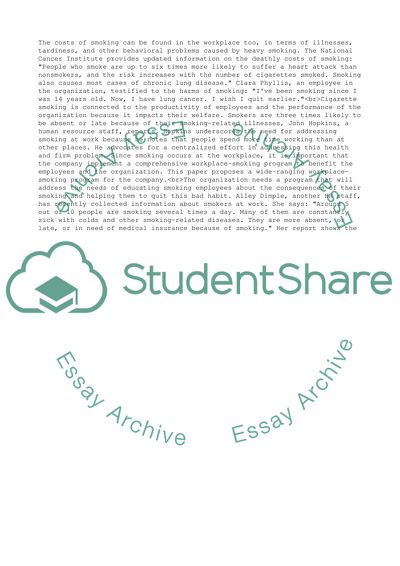Cite this document
(Formal Research-based Proposal Essay Example | Topics and Well Written Essays - 2250 words - 1, n.d.)
Formal Research-based Proposal Essay Example | Topics and Well Written Essays - 2250 words - 1. https://studentshare.org/management/1785785-formal-research-based-proposal
Formal Research-based Proposal Essay Example | Topics and Well Written Essays - 2250 words - 1. https://studentshare.org/management/1785785-formal-research-based-proposal
(Formal Research-Based Proposal Essay Example | Topics and Well Written Essays - 2250 Words - 1)
Formal Research-Based Proposal Essay Example | Topics and Well Written Essays - 2250 Words - 1. https://studentshare.org/management/1785785-formal-research-based-proposal.
Formal Research-Based Proposal Essay Example | Topics and Well Written Essays - 2250 Words - 1. https://studentshare.org/management/1785785-formal-research-based-proposal.
“Formal Research-Based Proposal Essay Example | Topics and Well Written Essays - 2250 Words - 1”. https://studentshare.org/management/1785785-formal-research-based-proposal.


